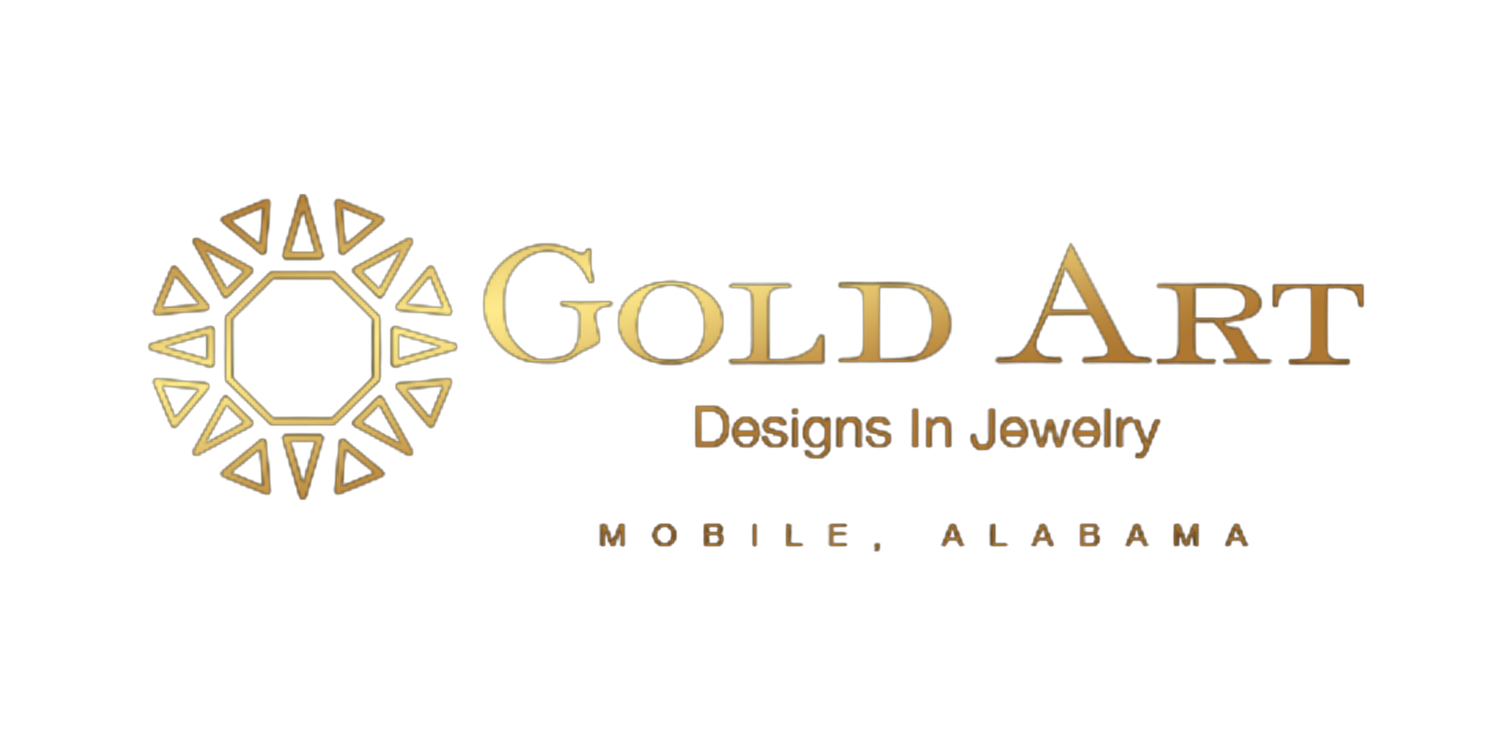Ring Sizing
First, select a ring that fits for the finger.
Next, measure the diameter opening of that ring. (MM)
Use the charts below to determine your ring size.
INTERNAL DIAMETER (MM)
14.1 US / CANADA 3 | UK / AUS F
14.9 US / CANADA 4 | UK / AUS H
15.7 US / CANADA 5 | UK / AUS J
16.5 US / CANADA 6 | UK / AUS L
17.3 US / CANADA 7 | UK / AUS N
18.1 US / CANADA 8 | UK / AUS P
19.0 US / CANADA 9 | UK / AUS R
19.8 US / CANADA 10 | UK / AUS T
20.6 US / CANADA 11 | UK / AUS V
21.4 US / CANADA 12 | UK / AUS X
22.2 US / CANADA 13 | UK / AUS Z
CARAT SIZE GUIDE
-
Delicate and understated, these small diamonds are often used in accent stones for rings or simple stud earrings.
-
Slightly larger than the previous range, these diamonds can make for lovely center stones in smaller jewelry pieces like pendants or dainty engagement rings.
-
These diamonds are a popular choice for engagement ring center stones, offering a balance between size and affordability.
-
Considered a "half-carat" diamond and larger, these sizes make a statement and are often chosen for engagement rings, providing a good balance between size and price.
-
These diamonds are substantial and offer impressive brilliance. They are often chosen for engagement rings when a larger, more eye-catching stone is desired.
-
Reaching the one-carat mark is a significant milestone for many diamond buyers. These stones are highly sought after for engagement rings.
-
These diamonds are larger and make a bold statement. They are often chosen by those who want a more prominent and luxurious look.
-
Diamonds in this range are considered "big" and are favored for statement pieces like engagement rings and pendants.
-
Large and striking, these diamonds are often chosen for special occasions and are considered quite luxurious.
-
These diamonds are rare and highly valuable. They are typically chosen for exquisite, high-end jewelry pieces and are a symbol of exceptional luxury.

